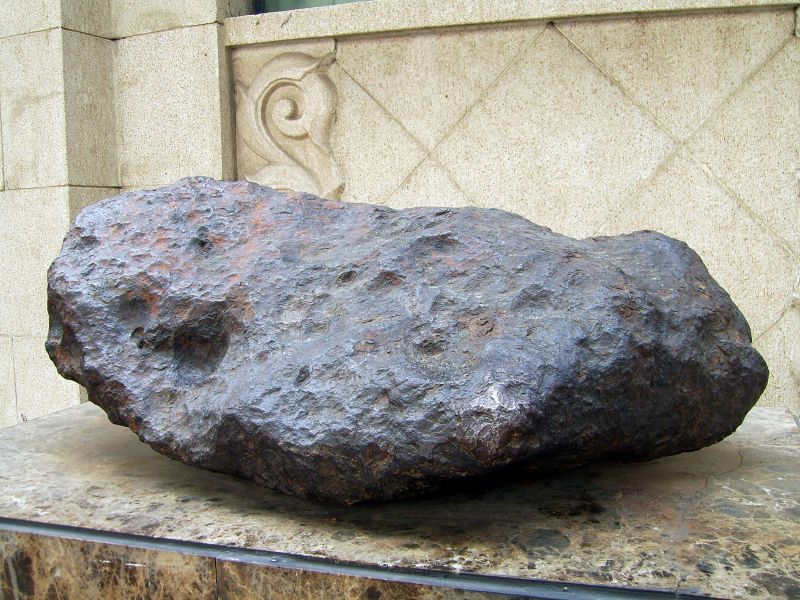
🌠 The Nandan Meteorite: A Silver Mine from the Sky and China’s Only Recorded Meteorite Shower with Physical Evidence
Share
Have you ever heard of a meteorite so legendary that it was mistaken for silver from the heavens? Welcome to the fascinating story of the Nandan Meteorite, a cosmic event that took place over 500 years ago, leaving behind both ancient written records and tangible extraterrestrial relics — making it the only such event in Chinese history.

☄️ A Fiery Serpent in the Sky
It was a summer night in 1516, during the Ming Dynasty (Zhengde Bingzi year). Locals in Guangxi witnessed a mysterious phenomenon:
"A star fell from the northwest sky. It was six zhang (approx. 20 meters) long, twisting like a dragon or serpent, flashing like lightning, and disappearing instantly."
This vivid description, preserved in historical texts, marked the beginning of one of China's most fascinating celestial events.
💰 Mistaken for a "Heavenly Silver Mine"
The next morning, villagers in Datouhe, Nandan County discovered numerous hard, silver-colored lumps scattered across the hills and ground. Believing them to be silver ore from the sky, they famously dubbed the event "the Heavenly Silver Mine." But attempts to smelt the material failed — it couldn’t be melted down, and no silver could be extracted.
Over the centuries, these mysterious silver lumps oxidized, turning reddish-brown with rust, their true identity still unknown.
🔥 The Great Steelmaking Movement and a Rediscovery
Fast forward to 1958, during China's "Great Leap Forward" and its massive steel production campaign. Locals once again tried to smelt these rusted "ores" — and again, they wouldn’t melt.
This anomaly finally caught the attention of scientists.
In 1964, after nearly 450 years of silence, the mysterious material was officially identified as iron meteorite. Then in 1973, it was recognized as the largest meteorite shower ever recorded in China.
🧪 Scientific Investigation: The Birth of the Nandan Iron Meteorite
Following public reports, a geological team sent a sample to the Chinese Academy of Sciences, which confirmed it as a typical octahedrite iron meteorite. The meteorite was named “Nandan Iron Meteorite.”
That same year, a dedicated research team conducted a field survey across a 10-kilometer-long, 3-kilometer-wide belt in southern Nandan. Key findings included:
- 19 meteorite fragments discovered
- Total weight: approximately 9.5 tons
- Largest fragment: 1.9 tons, smallest: 1.3 kg
- Fragments were unevenly distributed, with heavier pieces concentrated in the southeast
These iron meteorites were confirmed to have originated from the same parent body, falling to Earth during a single celestial event — now known as the Nandan Meteorite Shower.
🌌 A Unique Legacy in Chinese Astronomy
What makes the Nandan Meteorite so special?
✅ It’s the only meteorite event in Chinese history with both textual records and surviving physical evidence.
✅ It’s the largest discovered meteorite shower in China.
✅ It bridges ancient legend and modern science, combining folklore, astronomy, and geology.
🧭 Conclusion
- Date of fall: 1516 (Ming Dynasty)
- Location: Nandan County, Guangxi, China
- Discovery: Mistaken as silver ore, rediscovered during the 1958 steel campaign
- Scientific identification: 1964 (confirmed as iron meteorite)
- Scale: 19 fragments, ~9.5 tons total, largest fragment 1.9 tons
- Historical value: The only meteorite event in China with both written and physical records
✨ Next time you look up at the night sky, remember: sometimes, the stars really do come knocking.
📍 Interested in more space history and cosmic curiosities? Follow us for more!